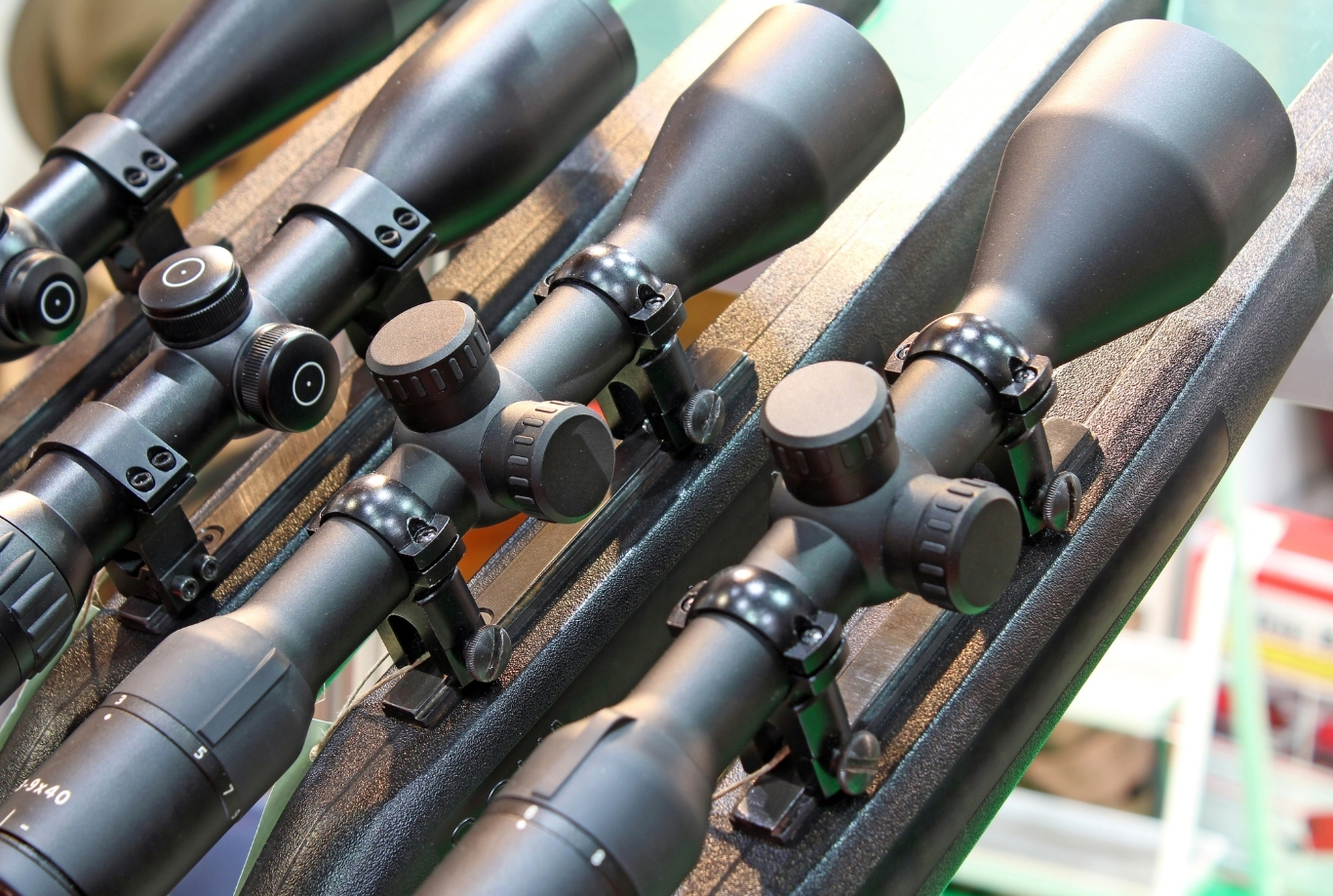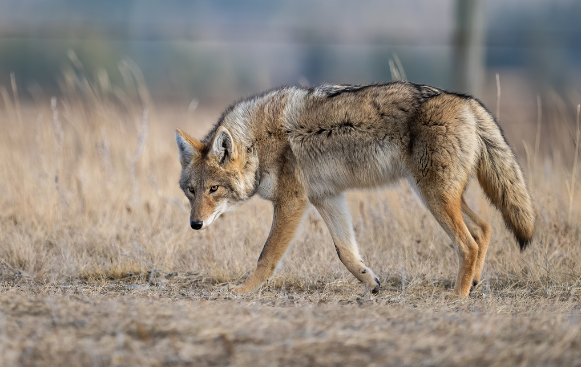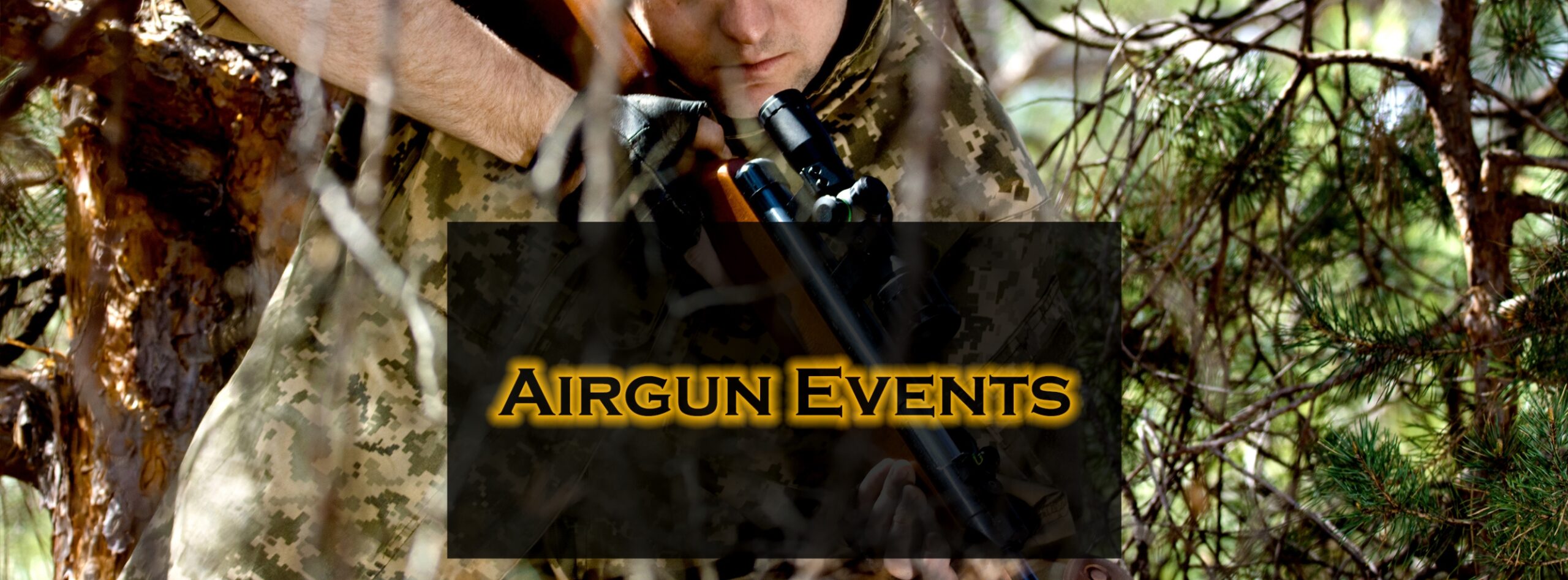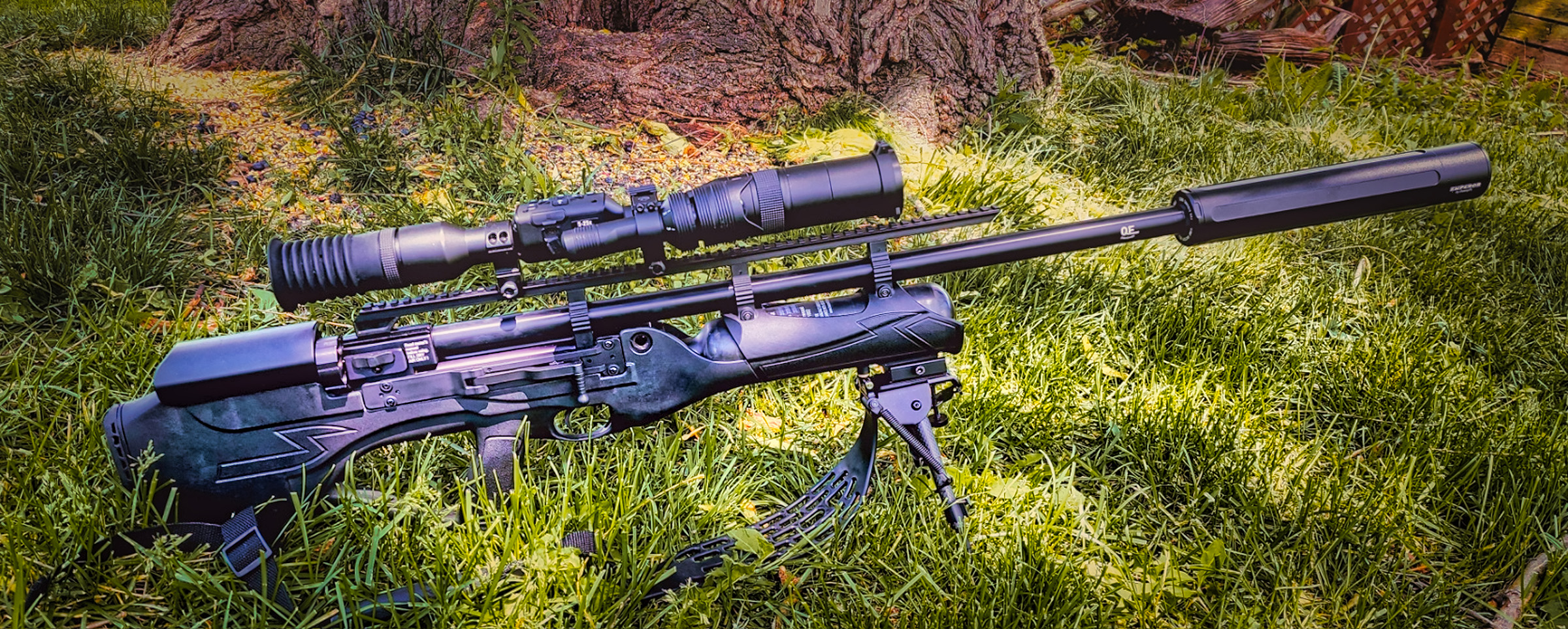
Airgun hunting is a growing sport that combines the challenge of marksmanship with the thrill of hunting, all while emphasizing ethical practices and respect for wildlife. For those new to this pursuit, understanding the basics is crucial to both enjoying the experience and ensuring safety. This guide will walk you through the essentials of airgun hunting, including the types of airguns, legal considerations, safety tips, and how to choose the right equipment.
Types of Airguns
Airguns are classified into several categories based on their power source: spring-piston, pneumatic (PCP), and CO2-powered.
1. Spring-Piston Airguns:
– These are the most common and affordable type of airgun. They operate by compressing a spring inside the gun, which propels the pellet when released. Spring-piston airguns are reliable and easy to maintain, making them a great choice for beginners. However, they require a specific shooting technique known as the “artillery hold” to achieve maximum accuracy due to the recoil produced by the spring’s movement.
2. Pneumatic (PCP) Airguns:
– Pre-charged pneumatic (PCP) airguns are powered by compressed air stored in a reservoir within the gun. These airguns are known for their accuracy, power, and consistency, making them popular among more experienced hunters. PCP airguns typically require an external pump or tank to refill the air reservoir, adding an extra step to their operation.
3. CO2-Powered Airguns:
– These airguns use carbon dioxide cartridges as their power source. They are easy to use and provide consistent power for each shot, but their performance can be affected by temperature fluctuations. CO2 airguns are often favored for target practice and small game hunting but may lack the power needed for larger game animals.
Legal Considerations
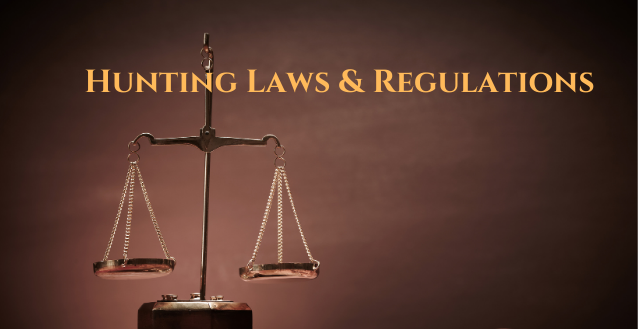
Before heading into the field with your airgun, it’s important to understand the legal regulations that apply to airgun hunting in your area. Laws regarding airgun use vary widely from state to state and even from one municipality to another. Here are some general legal considerations:
1. Licensing and Permits:
– Not all states allow the hunting of larger game animals using airguns. Some states do not require hunting licenses at all if you’re the landowner whether using bows, firearms, black powder arms, or airguns. Some states may classify airguns as firearms for the purposes of hunting, whereby you will be required to obtain a firearm hunting license for the game species that you intend to hunt and will be required to only hunt during the firearm hunting season for that species. Always make sure you are in compliance with all hunting laws before embarking on your hunt. In the United States, you should check with your state’s Department of Natural Resources for information regarding hunting regulations.
2. Legal Game Species:
– Not all game species can be hunted with an airgun. Typically, airgun hunting is restricted to small game animals such as squirrels, rabbits, and certain birds. Some states may allow the hunting of medium-sized game like raccoons or even larger animals, but only with high-powered airguns that meet certain power plant and caliber restrictions. Always verify which species are legal to hunt with an airgun in your area.
3. Hunting Seasons and Restrictions:
– Airgun hunting is subject to the same seasonal restrictions as other forms of hunting. Make sure you are aware of the open seasons for various game species and any specific restrictions that may apply to airgun hunters.
Safety Tips
Safety should be your top priority whenever you’re handling an airgun. While airguns may not be as powerful as traditional firearms, they can still cause serious injury and even cause death if used improperly. Here are some essential safety tips:
1. Treat Every Airgun as if it Were Loaded:
– Always handle your airgun with care, even when you believe it is unloaded. Keep the muzzle pointed in a safe direction and never point it at anything you do not intend to shoot.
2. Know Your Target and What’s Beyond:
– Before taking a shot, ensure that your target is clearly identified and that there is a safe backstop behind it. Airgun pellets can travel a considerable distance, so it’s important to be aware of your surroundings.
3. Wear Eye and Ear Protection:
– While airguns are quieter than firearms, it’s still a good idea to wear ear protection, especially when using high-powered models. Eye protection is also essential to guard against ricochets and debris.
4. Regular Maintenance:
– Keeping your airgun in good working condition is crucial for safe operation. Regularly inspect your airgun for any signs of wear or damage and clean it according to the manufacturer’s instructions.
Choosing the Right Equipment
Selecting the right airgun and accessories is key to a successful hunting experience. Here are a few tips to help you make the best choices:
1. Match the Airgun to the Game:
– The type of game you plan to hunt should influence your choice of airgun. For small game, a .177 or .22 caliber airgun is typically sufficient. For larger game, consider a more powerful .25,.30 or .35 caliber airgun. For large game animals such as deer, a minimum caliber of .35 should be considered (and may be the legal minimum in your state), with calibers of .45, .50 and .62 now being available.
2. Consider the Power Source:
– Think about how you will be using the airgun. If you’re hunting in remote areas, a spring-piston airgun might be more convenient due to its self-contained power source. If precision and power are your priorities, a PCP airgun might be worth the investment. Bear in mind that if hunting larger game species, it is usually a legal requirement to use a high powered PCP airgun.
3. Invest in Quality Optics:
– A good scope can significantly improve your accuracy. Look for optics that are specifically designed for airguns, as the unique recoil pattern of some airguns can damage regular scopes.
4. Pellets Matter:
– The type and quality of pellets you use can greatly affect your accuracy and the lethality of your shots. Experiment with different brands and types of pellets to find what works best with your airgun. Mass matters! Choose the heaviest pellets that your airgun can shoot accurately.
Conclusion
Airgun hunting is a rewarding and challenging sport that requires a blend of skill, patience, and respect for nature. By understanding the basics of airguns, adhering to legal regulations, prioritizing safety, and choosing the right equipment, you’ll be well on your way to enjoying all that airgun hunting has to offer. Whether you’re pursuing small game or simply honing your marksmanship skills, airgun hunting provides an excellent way to connect with the great outdoors.

